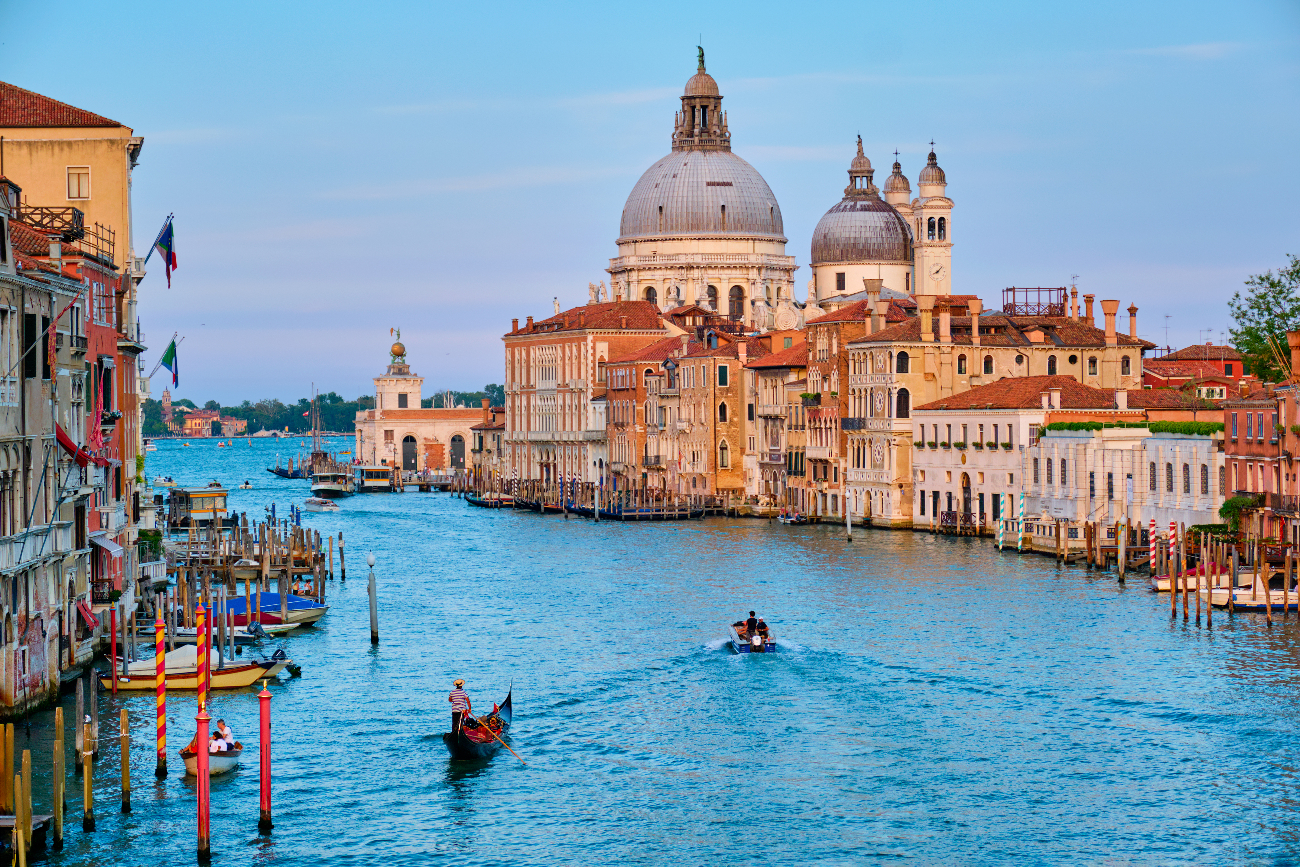
No question that any trip to Italy will touch your heart. You’ll wish to return and know more and more about the country that is also known as “El Bel Paese”. You will be moved by its great museums, its famous cities, and its artistic masterpieces. The artist’s palette will heighten all your senses: the blue of the sky, the green of the Alpine valleys, the white snow of the high summits, the ochre of the roof tiles, and the bright yellow of the ripe lemons. The music will charm you, from the melodic sound of the Italian language and all the dialects still in daily use, to the songs of the Neapolitan folklore, and the harmony of the greatest operas. The flavor and savoring of the food will stay with you forever and drive you back to that great little italian restaurant in your neighborhood.
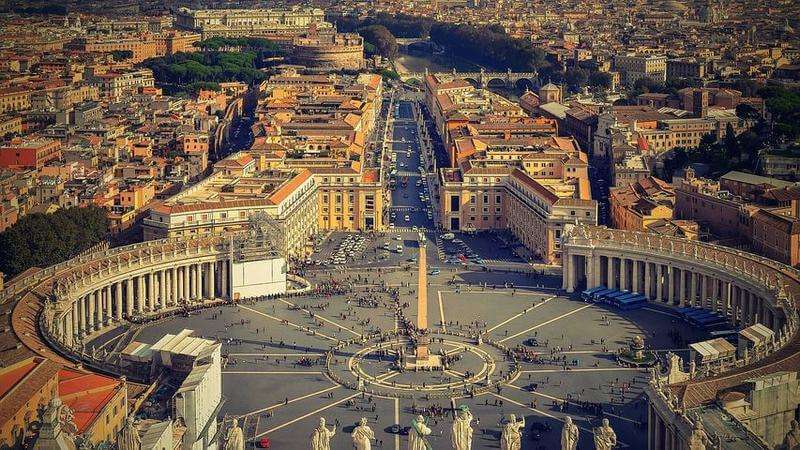
Geography
Italy is shaped like a boot as it stretches over 800 miles from the Alps in the North to deep into the Mediterranean in the South. The Alps form a natural barrier crossed by various passes and tunnels which link Italy to France, Switzerland, and Austria. On the southern side of the Alps is the fertile Po Valley and the foothills where we find many beautiful glacial lakes . The Apennines mountain range runs all the way down the middle of the country from Genoa to the toe of the boot, dividing it into East and West zones
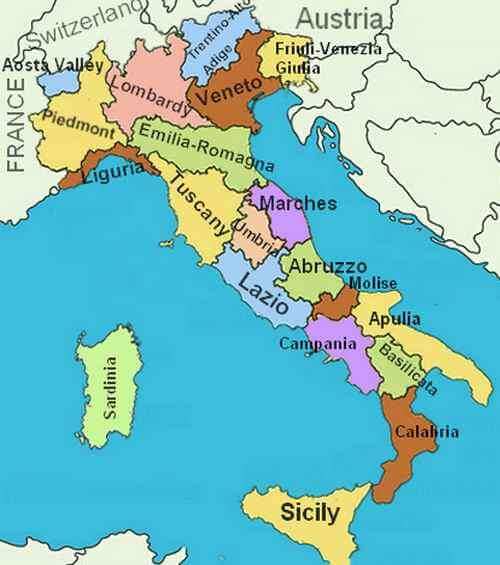
Let’s look at all of the regions forming “El Bel Paese”, each having a unique charm and special interests related to nature, history, art, and local culture. Remember that Garibaldi, a great general who is considered the Father of the Nation, conducted many battles which ended in the unification of Italy around 1870.
History
Ancient civilizations developed around 2000 BCE with the Ligurian people from the North, as well as the Italiots, the Etruscans,the Phoenicians, and the Greeks. Rome was founded in 753 BCE and thrived for over eleven centuries until overrun by Germanic tribes in the 5th century AD. The ensuing turbulence lasted for over 700 years, resulting in a political fragmentation of the peninsula and an ongoing power struggle between the catholic church (the Pope) and the Holy Roman Empire. The 13th and 14th centuries saw an increase in French influence and the decline of Imperial Power until the economy started to bloom and the cultural golden age (Renaissance) dominated Europe in the 15th and early 16th century as France and Spain were engaged in a struggle for the supremacy of Europe. The Napoleonic Wars started in 1796 but the Napoleonic regime collapsed in 1814 and opened the door to the “Risorgimento” and the first War of Independence. Camillo Cavour instigated the second War of Independence in 1859 and Garibaldi then liberated Sicily from the domination of the Bourbons, annexed Southern Italy and other emerging Italian States to proclaim the Kingdom of Italy on March 17, 1861. Veneto was annexed a few years later after the third War of Independence, and Rome was proclaimed capital of Italy in 1871 During WWI, Italy joined France, Great Britain and Russia (the triple allianz). In WWII Italy, led by Mussolini, initially allied with the Germans against France and Great Britain but changed sides in 1943 when Mussolini was captured and later executed. In May 1946 a referendum was held which led to Italy becoming a Republic.
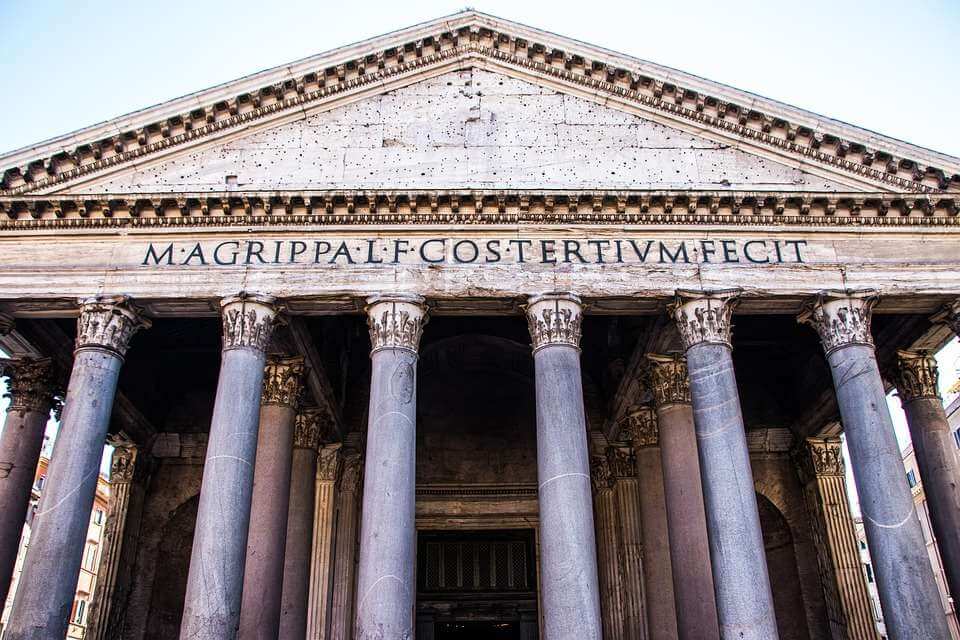 .
. 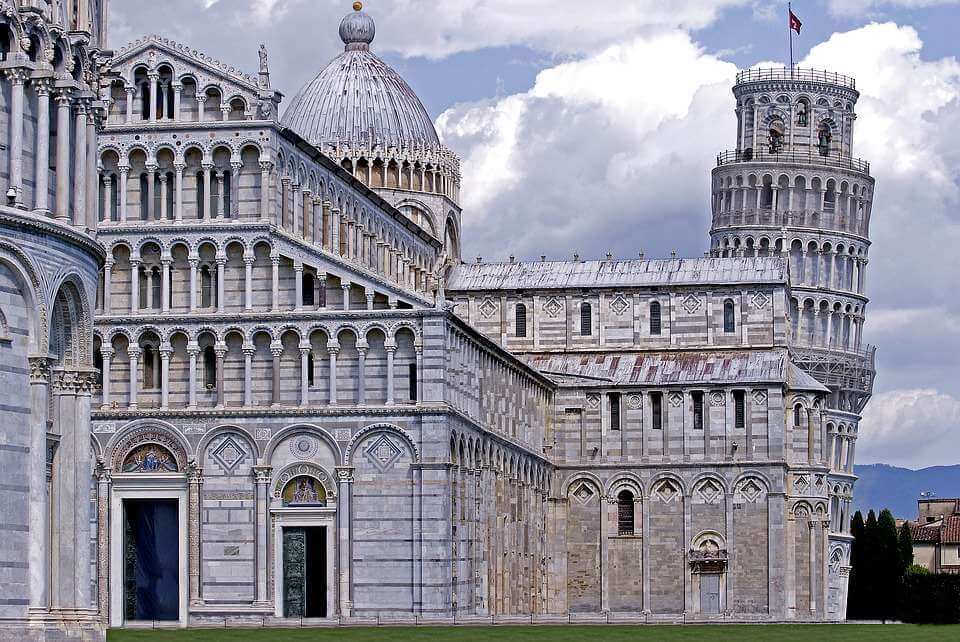
Culture
Family life has always been extremely important to Italians. Adults, children, and grandparents typically stay together and form an extended family nucleus which gathers regularly to celebrate around a table served with good food. 80% of Italians are Roman Catholics; the other 20% are variously Muslims, agnostics and atheists. Art and architecture, with castles, churches, and monuments, cover the landscape as cultural symbols of the country’s Classical, Roman, Renaissance, Baroque, and Neoclassical periods. Some of the most famous structures in the world are found in Italy, such as the Colosseum in Rome and the Leaning Tower in Pisa. In Rome, Florence, and Venice, you will find some of the greatest world museums. Opera has its roots in Italy, where Giuseppe Verdi created Aida and La Traviata, and tenor Luciano Pavarotti made opera part of today’s global pop culture. Most of the global powerhouses in fashion are Italian: Armani, Gucci, Versace, Prada, Benetton to name a few.
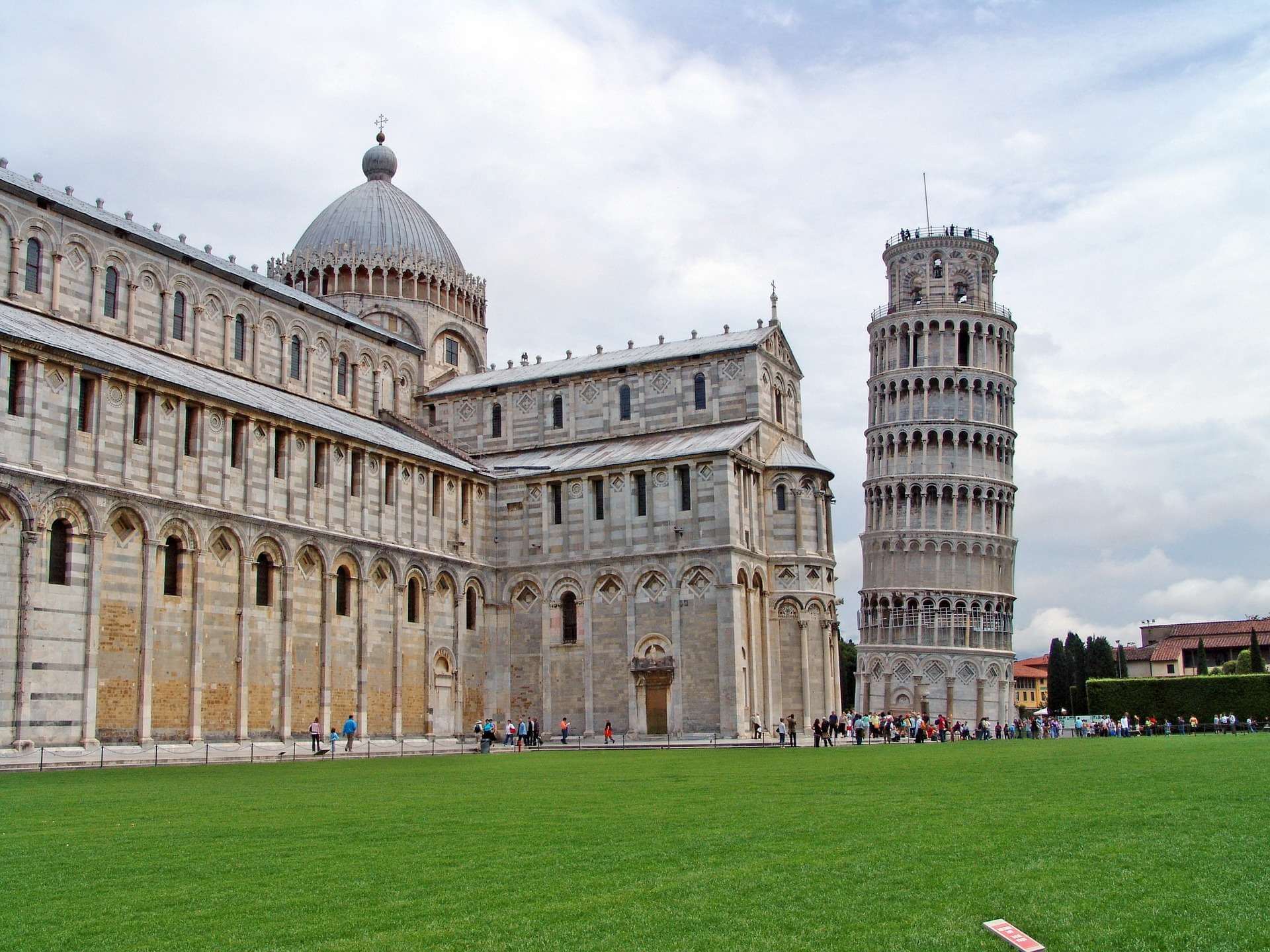
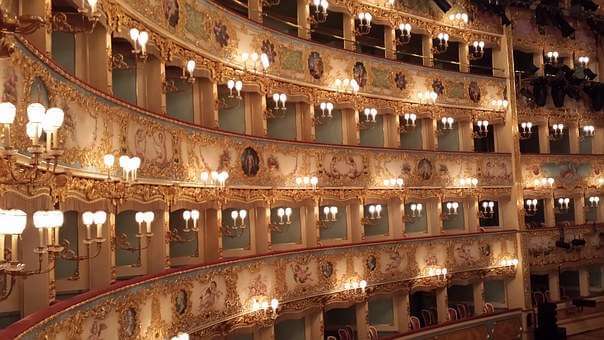
Gastronomy
The Mediterranean influence spread all over the peninsula and the Italian diaspora subsequently carried Italian cuisine to all corners of the world. Many consider Sicily as the first original Italian cuisine, but various invasions through the centuries introduced strong influences from the Arabs, the Normans, and the French. Fresh fish from the sea can be either poached, broiled, or grilled, and everywhere you will find a wide variety of anchovies, sardines or tuna. Tomatoes were introduced in the 18th century and widely used to make Bolognese or Ragu sauce. Other products such as artichokes, peppers, eggplants, zucchini are typically cooked in olive oil with onions and garlic. Prosciutto (ham) and salami are plentiful and vary from one region to the other. Pizza, pesto , gnocchi are often part of the proposed menus. And we cannot forget all the different shapes of pasta: penne, rigatoni, maccheroni, spaghetti, linguine, fusilli, lasagne, tortellini, ravioli, and cannelloni, to name a few. There are more than 300 different kinds of cheese in Italy. Some of the most popular are the hard granular Parmigiano, the soft veined blue Gorgonzola, and the white creamy Ricotta.
Menus at restaurants will give you a list of dishes which may be “a la carte” or “inclusive”. You may be surprised that often you will be charged separately for pan (bread) and / or for “coperto”, a cover charge for the fork, knife, napkin placed on the table. A full festive italian menu will offer you the following choices: Aperitivo : a drink to stimulate your appetite Antipasti : some olives or a, wedge of cheese to nibble with your drink Primo piatto or Primi: the first course such as soup, appetizer, polenta or pasta Secondo piatto or Secondi: the main course, chiken, meat or fish Contorno : a side dish of cooked vegetables Insalata : a green salad served separately Formaggi e Frutta : Cheese and / or fruit often considered as desert Dolci : Sweet desert Caffe : Italians will mostly order an espresso Digestivo : sweet or dry liqueur to aid digestion.
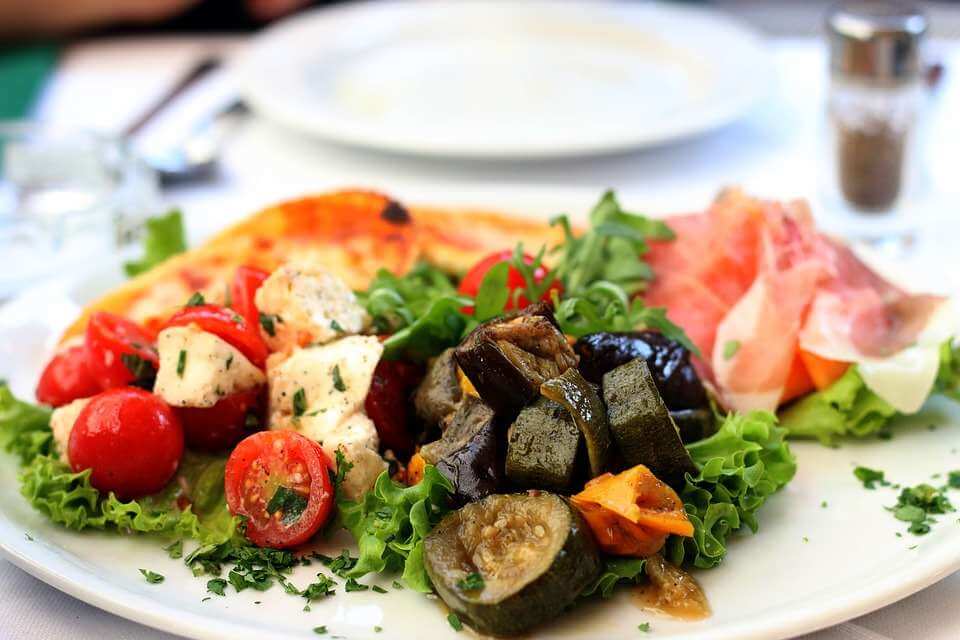 .
. 
When selecting a restaurant you may have to choose between different appellations. It is good to know the nuances: an “Osteria” is more informal and usually serves simple food and you may share your table with strangers, prices are usually lower. A “trattoria” is more formal with private tables but it is still casual and without pretension. A “Ristorante” should provide full service where a host or hostess will take you to your table, and both the waiter and sommelier will be experienced with food and wine as well as with proper service etiquette. An “Enoteca” will focus on wine only but may also offer some small snacks to accompany the wines.
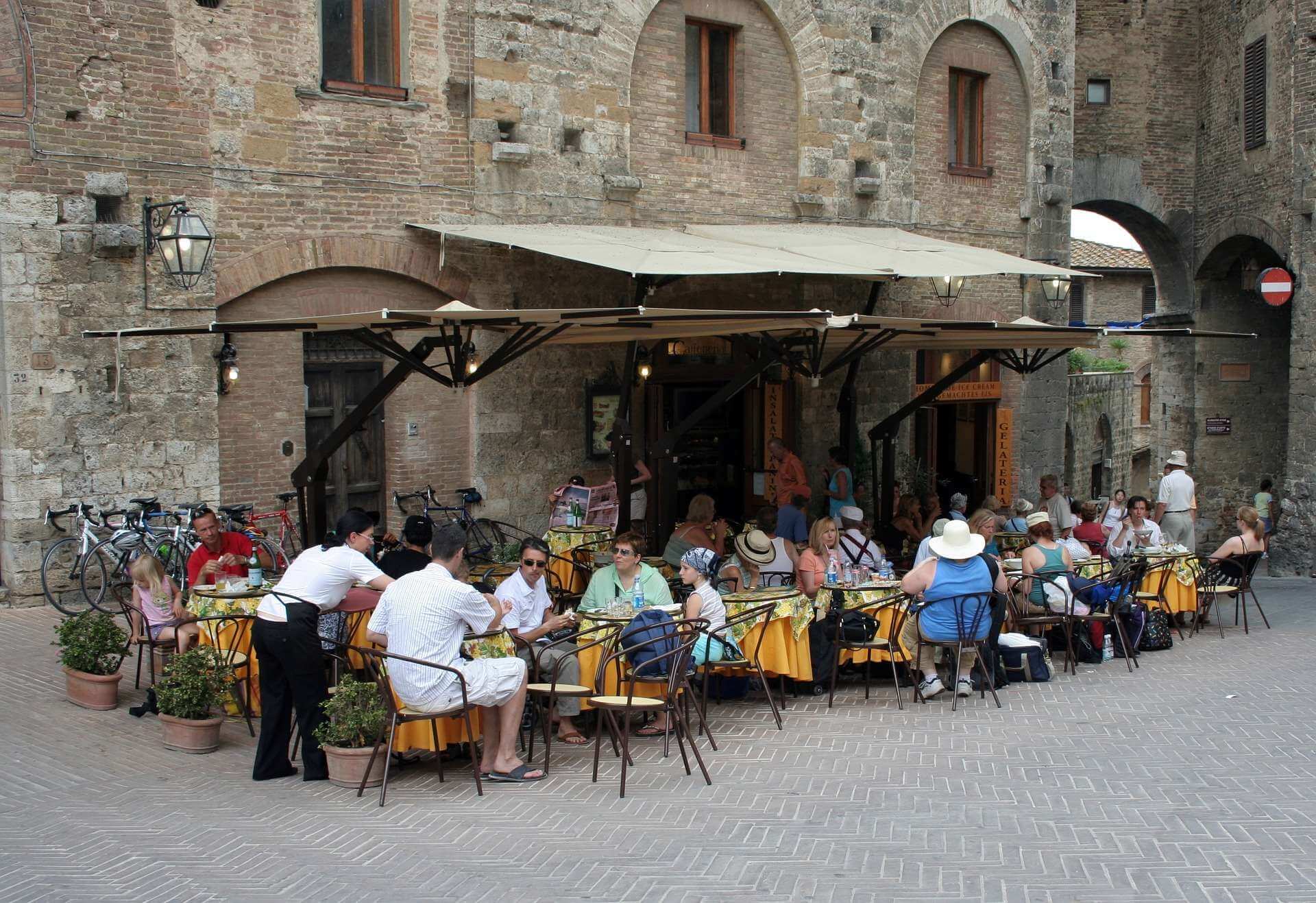
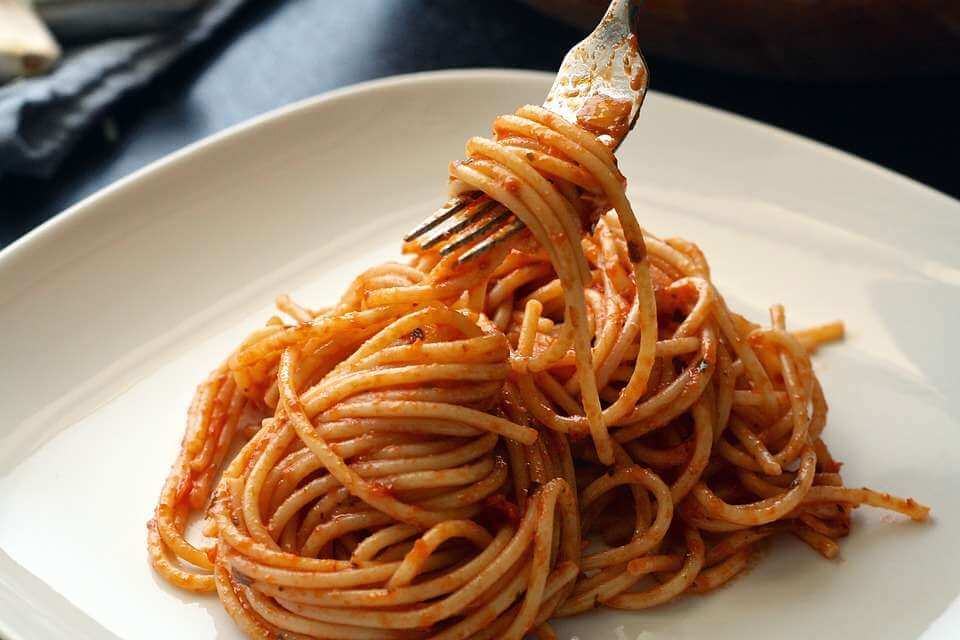
Italian Wines
Twenty wine regions correspond exactly to the 20 administrative regions of Italy. Some of these regions are among the oldest wine producing regions in the world; Sicily introduced viticulture at the time of Mycenean Greeks. In 2018 Italy produced 19% of the world global production, ahead of France (17%) and Spain (15%). A strict classification system of the production included in 2016:
 .
. 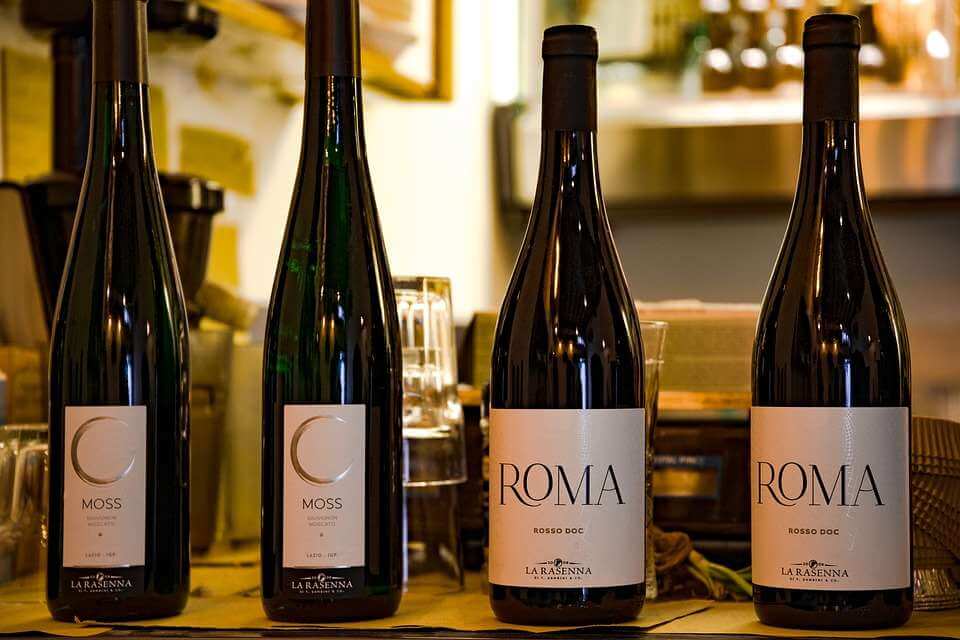
332 DOC – controlled designation of origins
405 DOP – protected Designation of origins, and
73 DOCG – controlled and guaranteed designation of origin.
There are also three other general categories: Classico, Superiore and Riserva Bianco is white wine, Rosso is red wine, and Vincotto is a cooked wine which is not fermented. Prosecco is a sparkling wine that originates from the Valdobbiadene region in Veneto. This wine is made with prosecco grapes or glera.
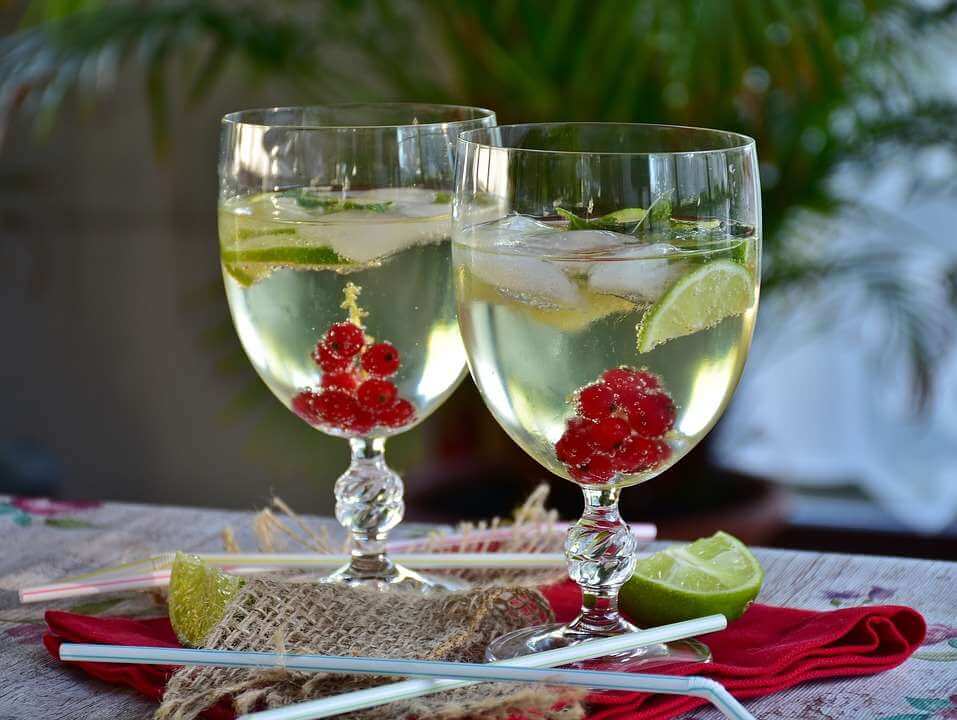
Celestial Voyagers will be happy to create a special taylormade program taking in consideration your taste, your passions and your budget.

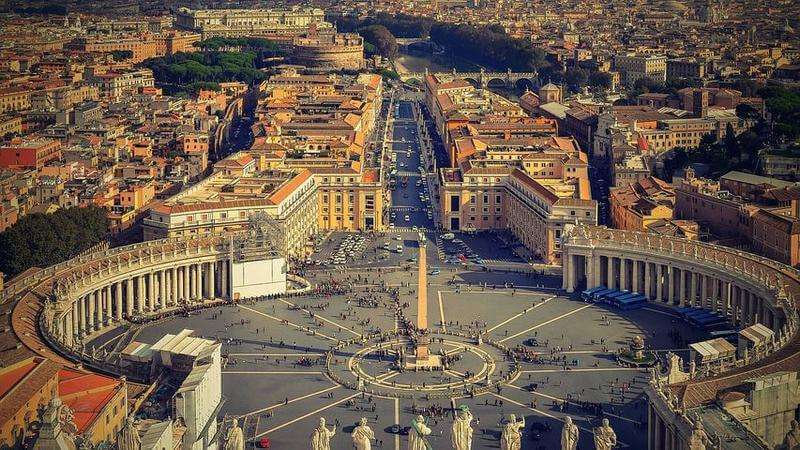
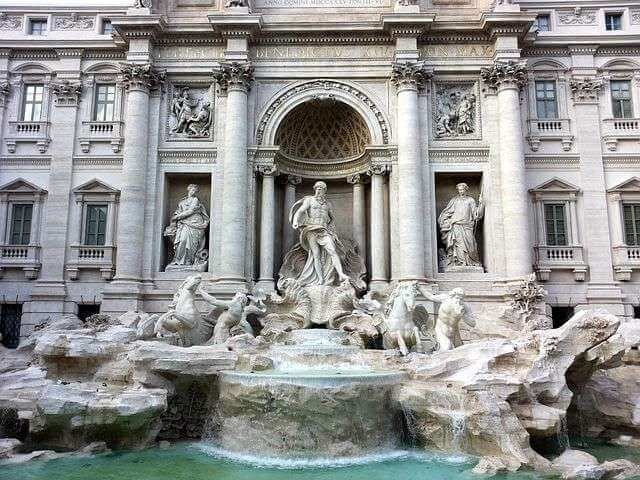
No Tour Found